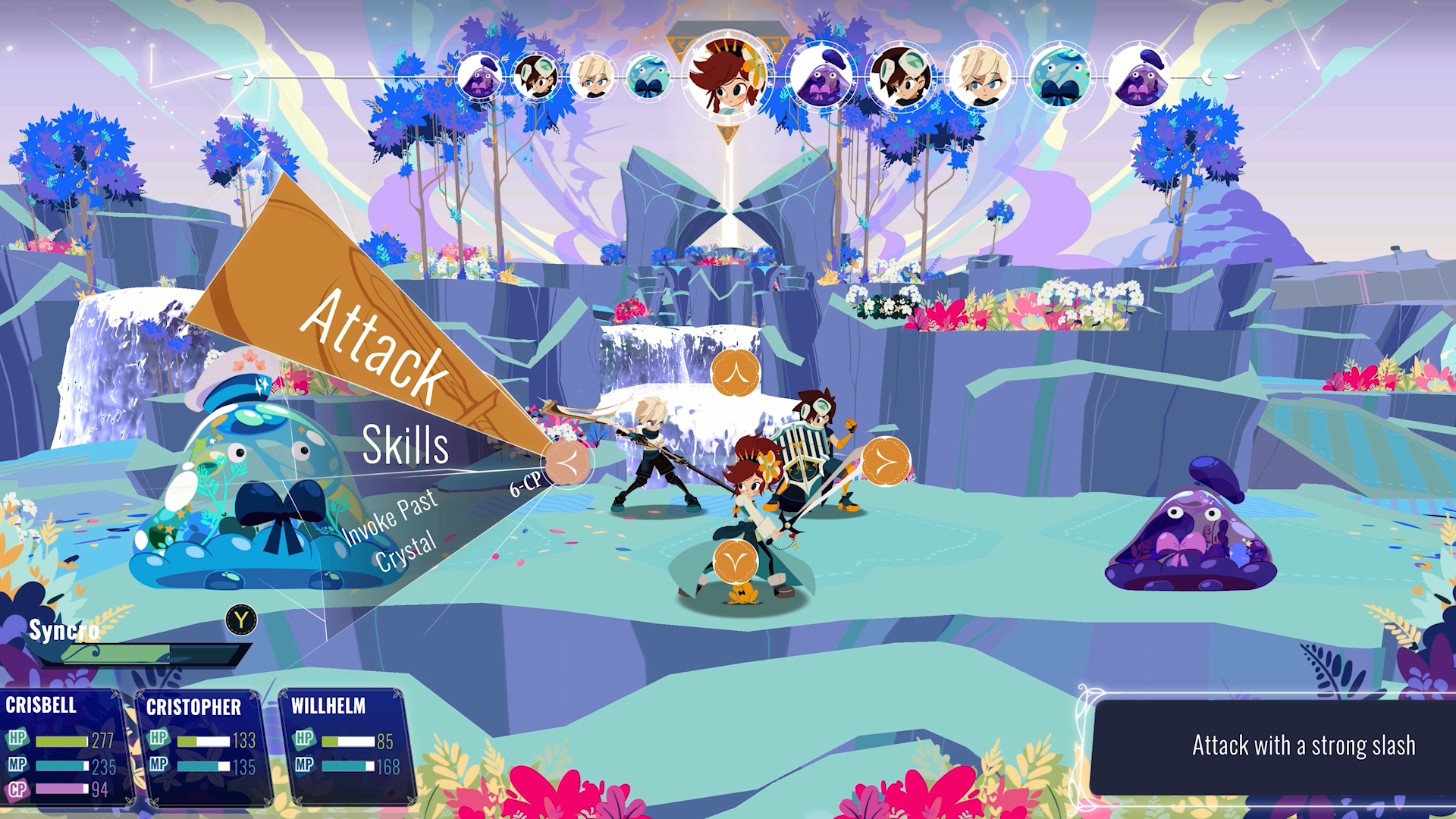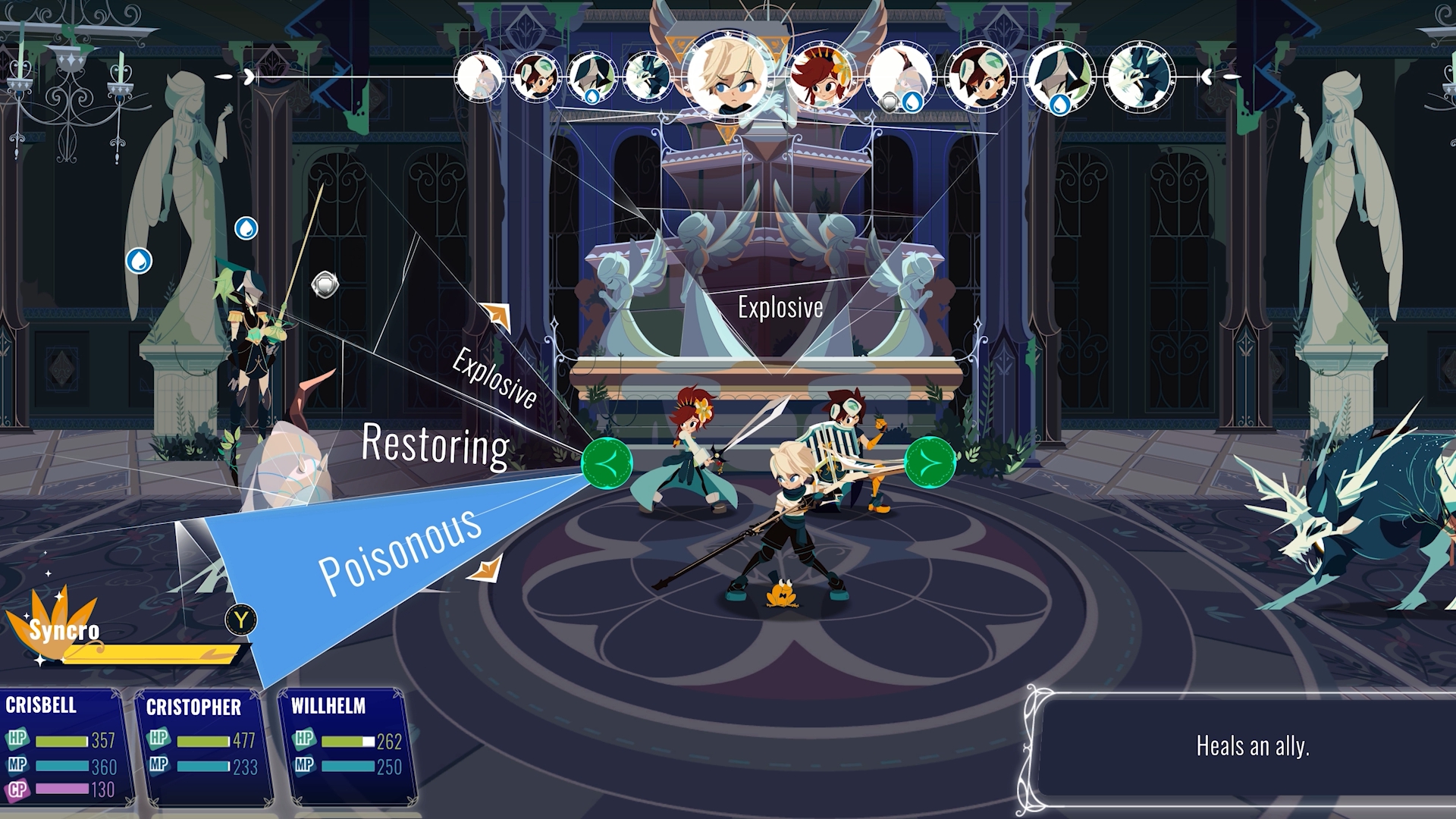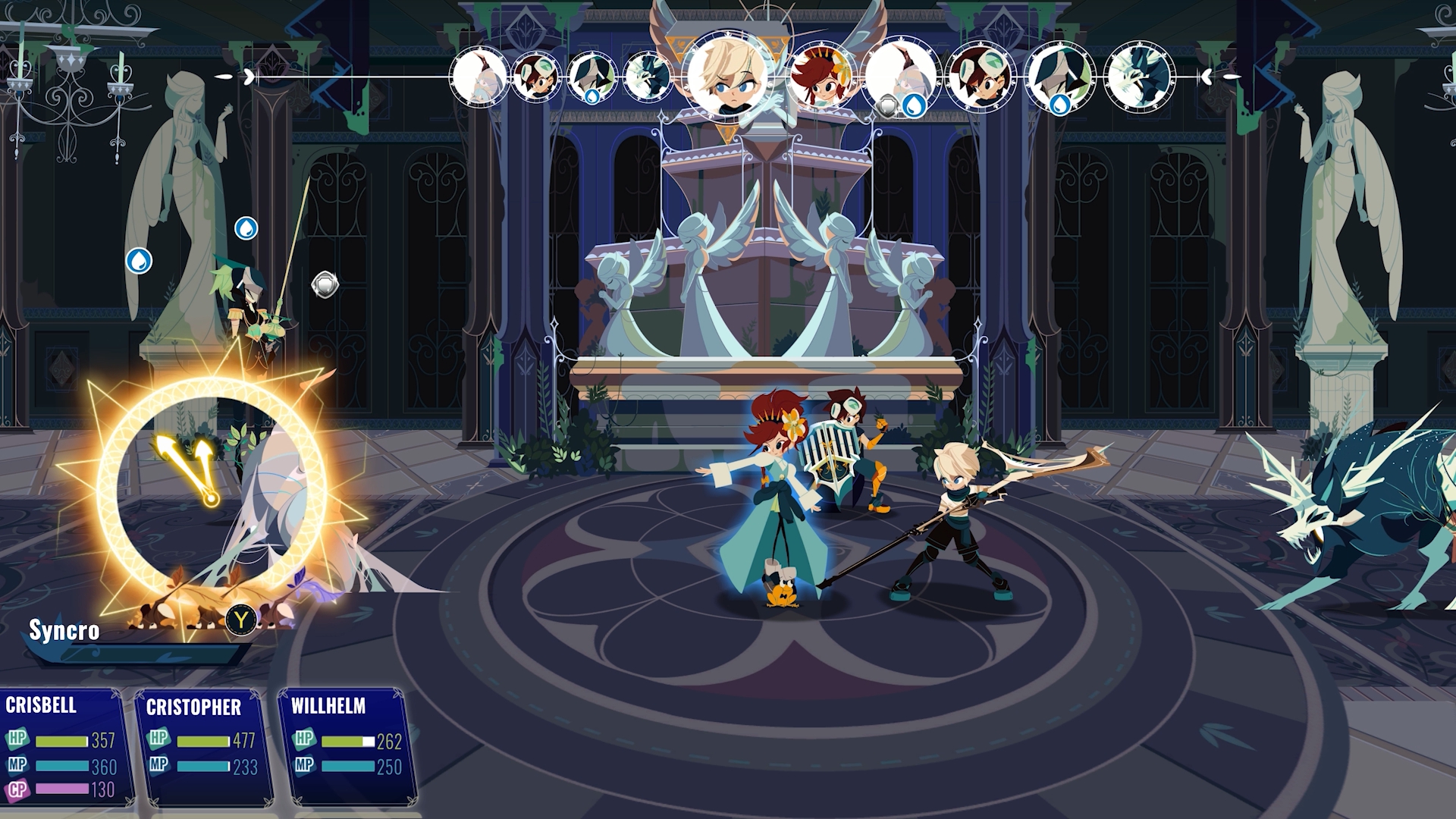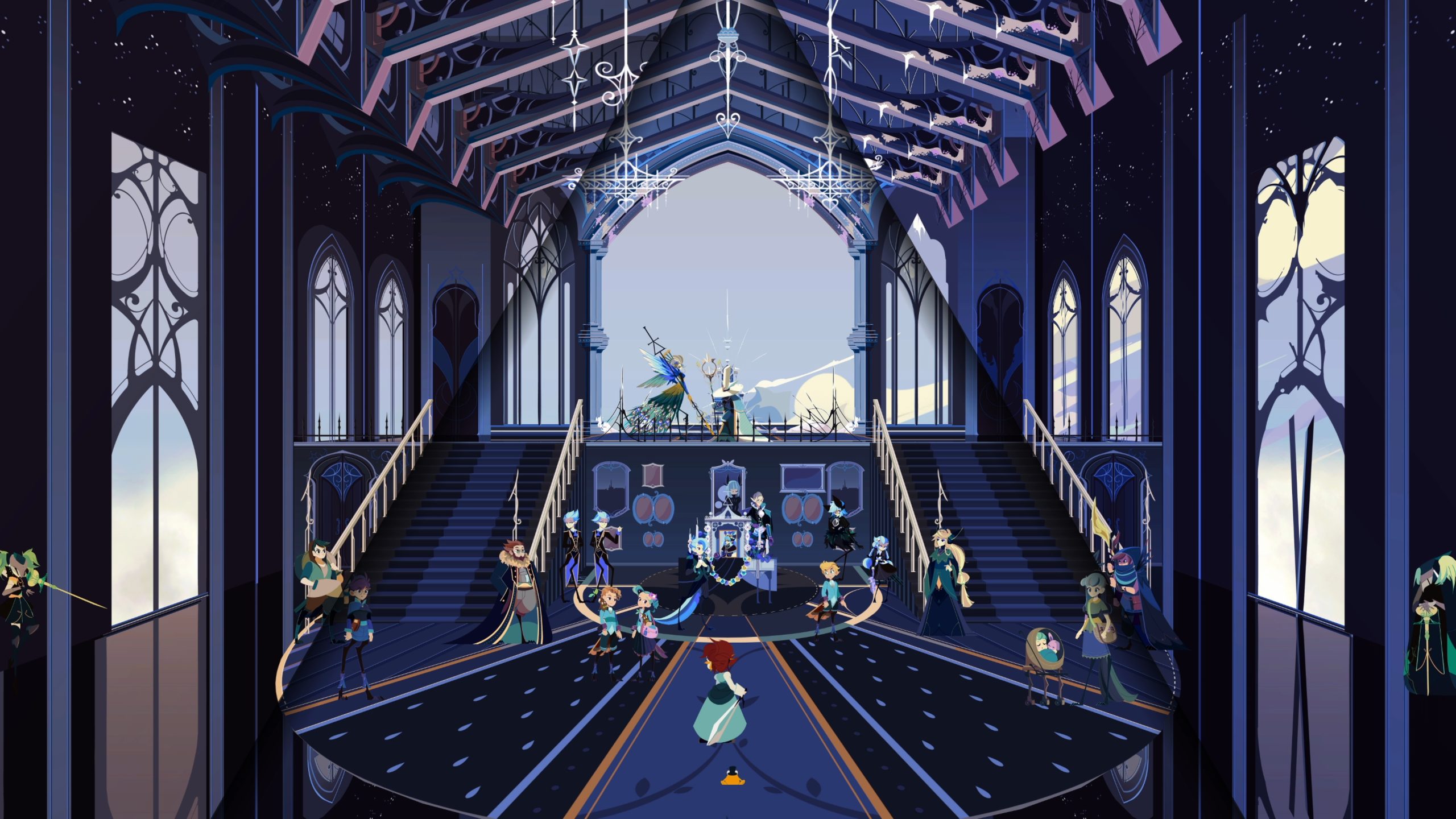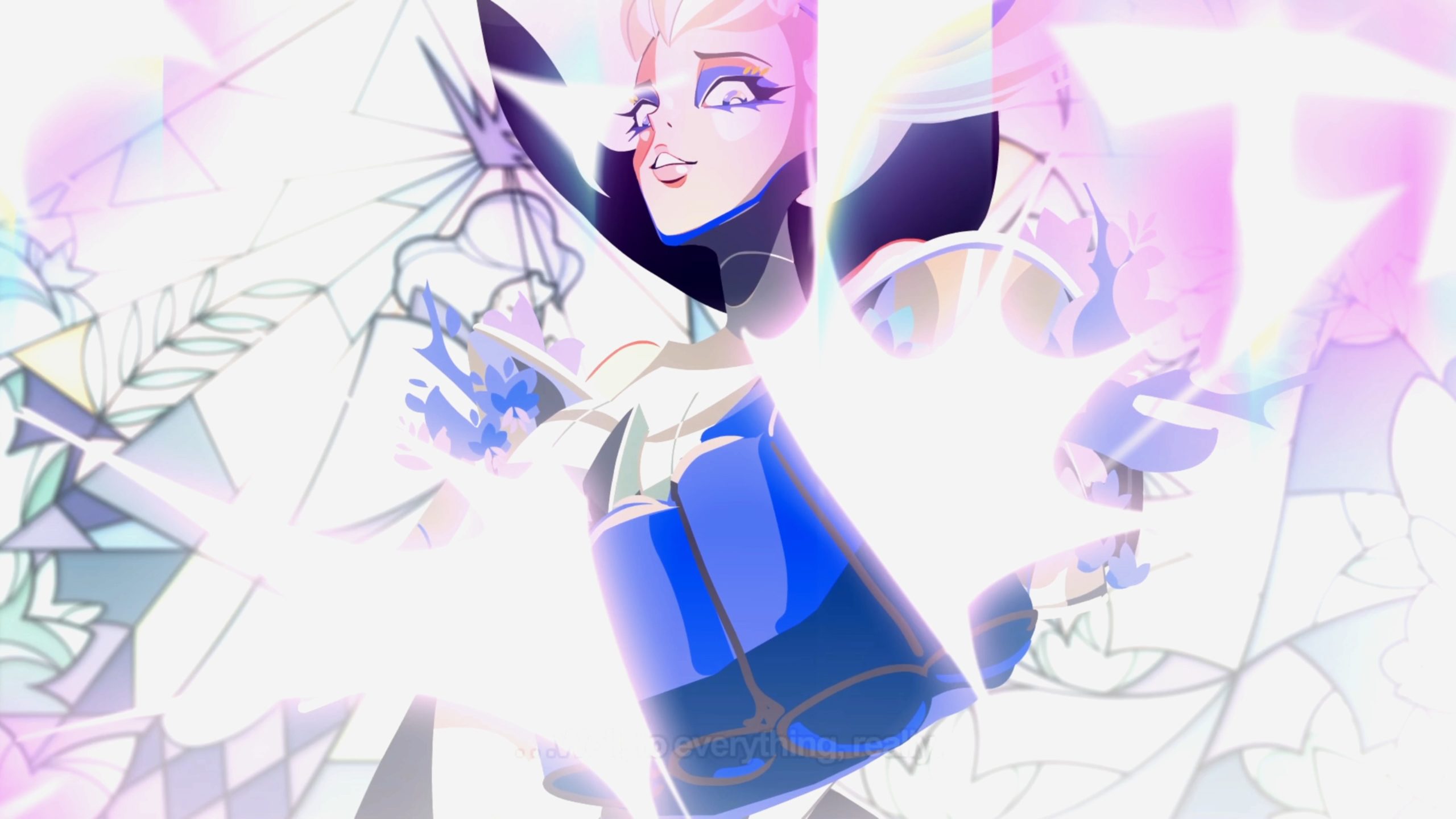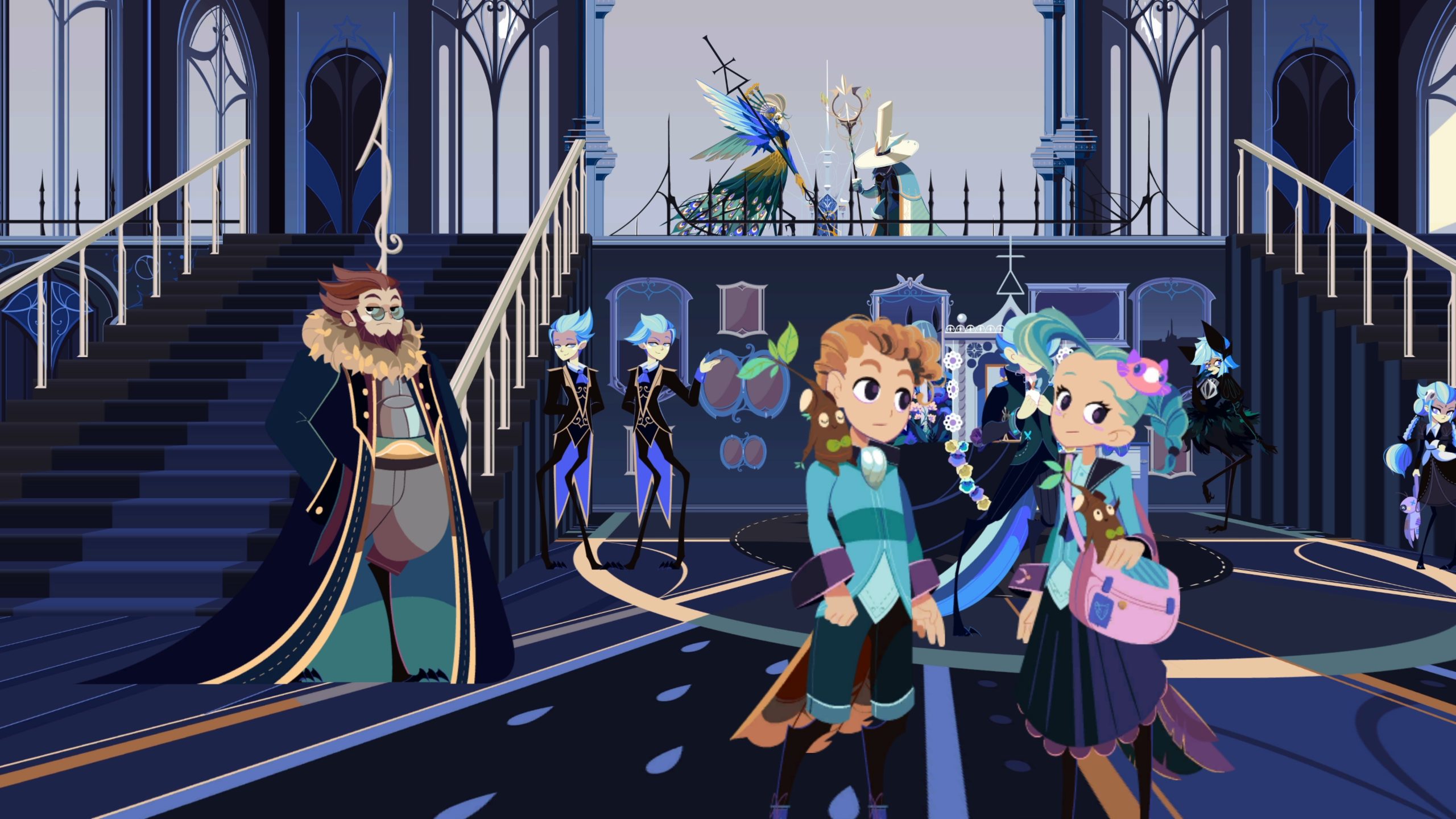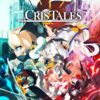Cris Tales
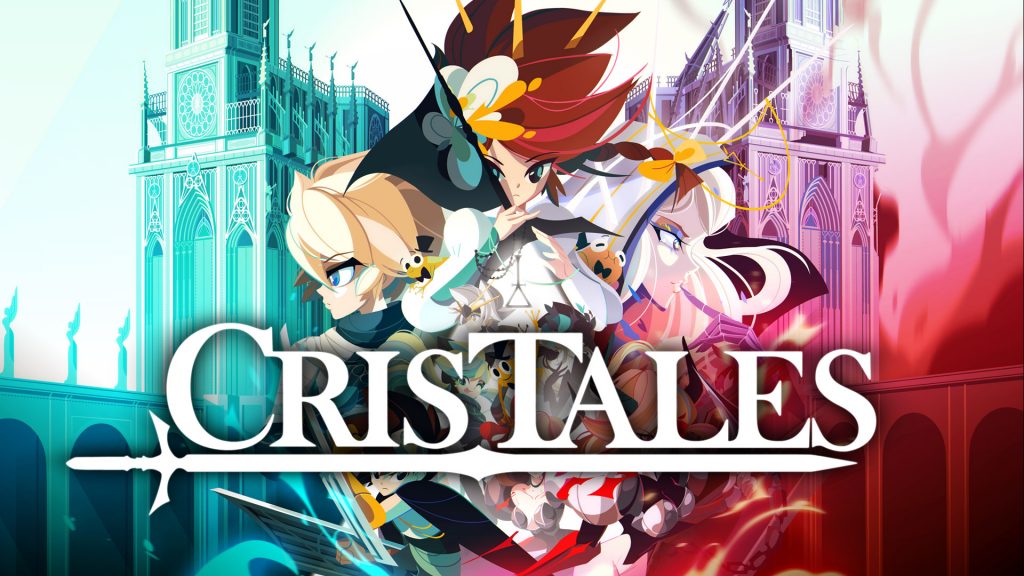
Cris Tales, a tribute to classic JRPGs from Columbian developer Dreams Uncorporated, is a game that I find myself wanting to like more than I do. Instead I’m left somewhat unsure of who the game is for. The nostalgia factor seems designed to attract those raised on the early Final Fantasy games of the late 90s, yet the gameplay and story seem a little too simplistic to keep their attention. On the other hand it also seems a little too challenging and obscure in some genre-staple, yet now quite dated, mechanics to be an easy entry point for younger players.
At A Glance
| Scores | |
| Visuals | 8/10 |
| Sound | 7/10 |
| Gameplay | 5/10 |
| Overall | 6/10 |
| Positives | + Great visual design |
| + Intriguing Time Manipulation mechanics | |
| + Interaction between skills once game opens up | |
| Negatives | – Some poorly implemented mechanics |
| – Uneven difficulty | |
| – Weak/slow opening | |
| Launch Price | £34.99 |
| Our Playtime | 21 hours |
| Available On | PS4, PS5, Nintendo Switch, PC, Xbox One, Xbox Series X/S, Stadia |
In the game you play as Crisbell, a young orphan who becomes a time mage and embarks on a quest to save their home from a frightening vision of the future. The first character you meet who joins your party is Cristopher, while your time-manipulation powers use a time crystal, all set in the kingdom of Crystallis… and that’s when I realised the name of the game was a terrible pun. Fortunately other characters who do not have a Cris-something name are quickly introduced.
The game opens with an in media res action sequence before a flashback takes you to the “proper” start. I’m not sure this technique works (either here or in the many, many other games which employ it) as all it shows is the slightly clunky combat system devoid of either context or the time-manipulation powers that are the game’s main USP. After the flash-forward ends, the game opens with Crisbell living in an orphanage in the city of Narim. A cheeky orange frog in a top-hat steals a flower from the garden, which is fairly unique as inciting incidents go, kickstarting the quest.
The art style for the game is quite striking, resembling a children’s story book brought to life as a pop-up diorama. It’s very crisp and I think would be well-suited to handheld displays, but also works just fine on a big TV. While playing it on PS5 I felt frequently that it would be a perfect fit for the Switch, however I have seen reports of very long loading times stymying that; an issue that also (reportedly) exists on other consoles. I experienced no such issues on the PS5, but I wouldn’t expect a game like this to be taxing enough to demand a next generation console – while striking, the visuals and effects are simple and the environments quite small.
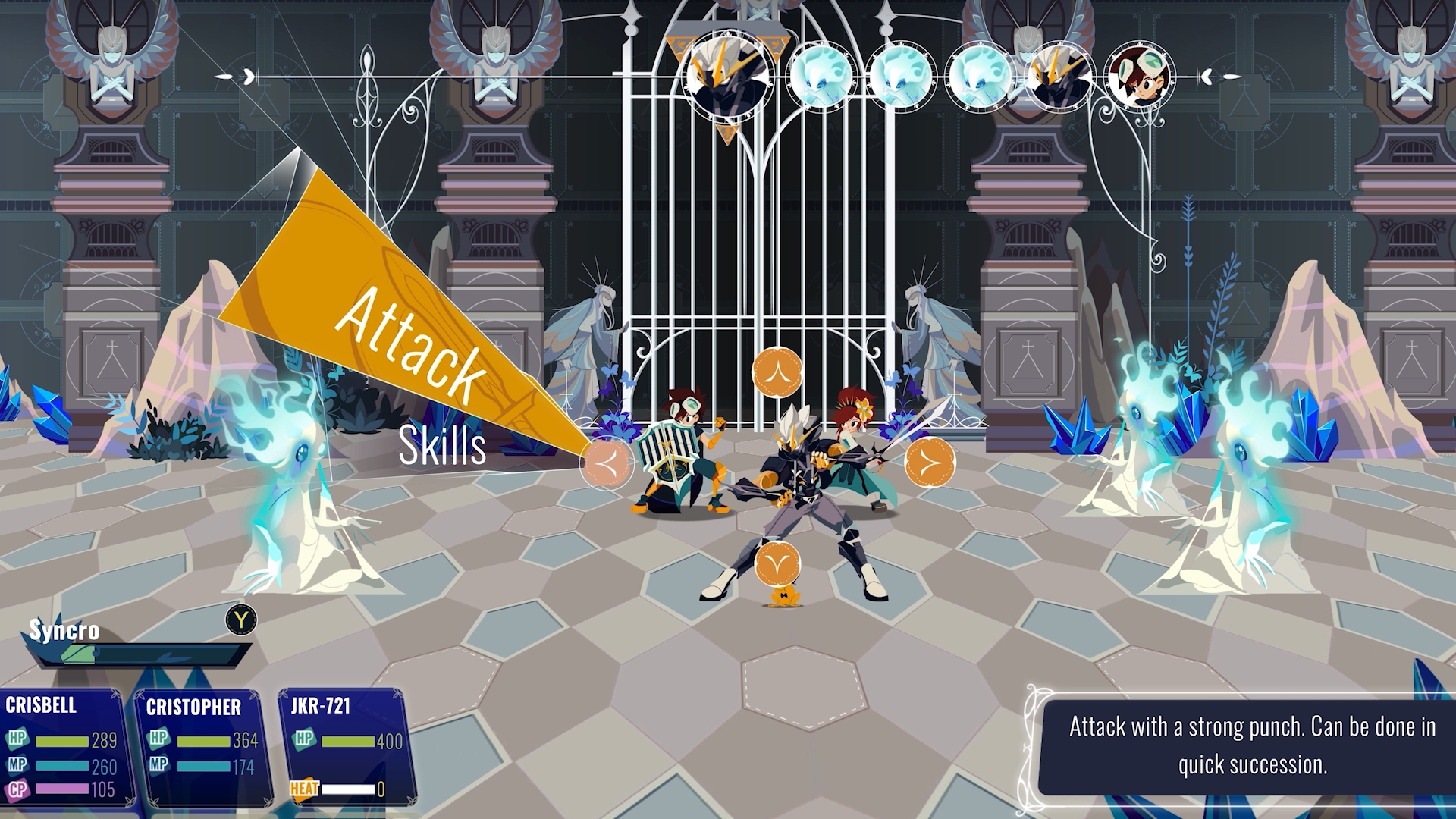
The two main ideas that set this game apart from other turn-based RPGs are the time-manipulation and the active parry/double hit. Starting with the latter, I found this to be frustratingly implemented. The idea is that you hit X at the same time as an attack connects to either block some incoming damage or get a second hit while attacking. As a concept, this is fine – something to add a little real-time interaction and skill to the otherwise static numbers game – but in practice it is very poorly telegraphed as to when you need to act. Some attack animations will see enemy characters rush towards you and strike, while others will simply do a flourish where they stand – both of these being physical, melee attacks – and in some cases these two different types being done by the same enemy. Damage and enemy health seem balanced upon you succeeding at this every time, so failure to pull it off is punishing while succeeding feels like doing just what is expected, thus providing none of the extra satisfaction of a skill-driven critical hit. Some additional feedback on the prompts could really make this click, I think, and given that all of the consoles it is releasing on have some kind of feedback built into the controllers it feels like an oversight that this wasn’t implemented.
The time-manipulation idea is much more successful. Outside of combat it presents as a kind of filter on your view – a central triangle shows the present, while the left side of the screen shows the past and the right side the future. I spent a lot of time wandering the hub towns checking out how buildings and characters changed from one period to another – for the NPCs especially, it is used very cleverly as shorthand for character building, where dialogue is kept quite short. The only real downside to this is that I found myself wishing I could move the view around a little to get a better look at all of the little differences (which you can sort of do thanks to your frog sidekick, though that is fiddly and limited) and the great work the artists have put into the environments. There are some puzzles to solve using this feature, though nothing especially taxing, and most serve to deliver world-building and character development rather than give your brain a good workout.
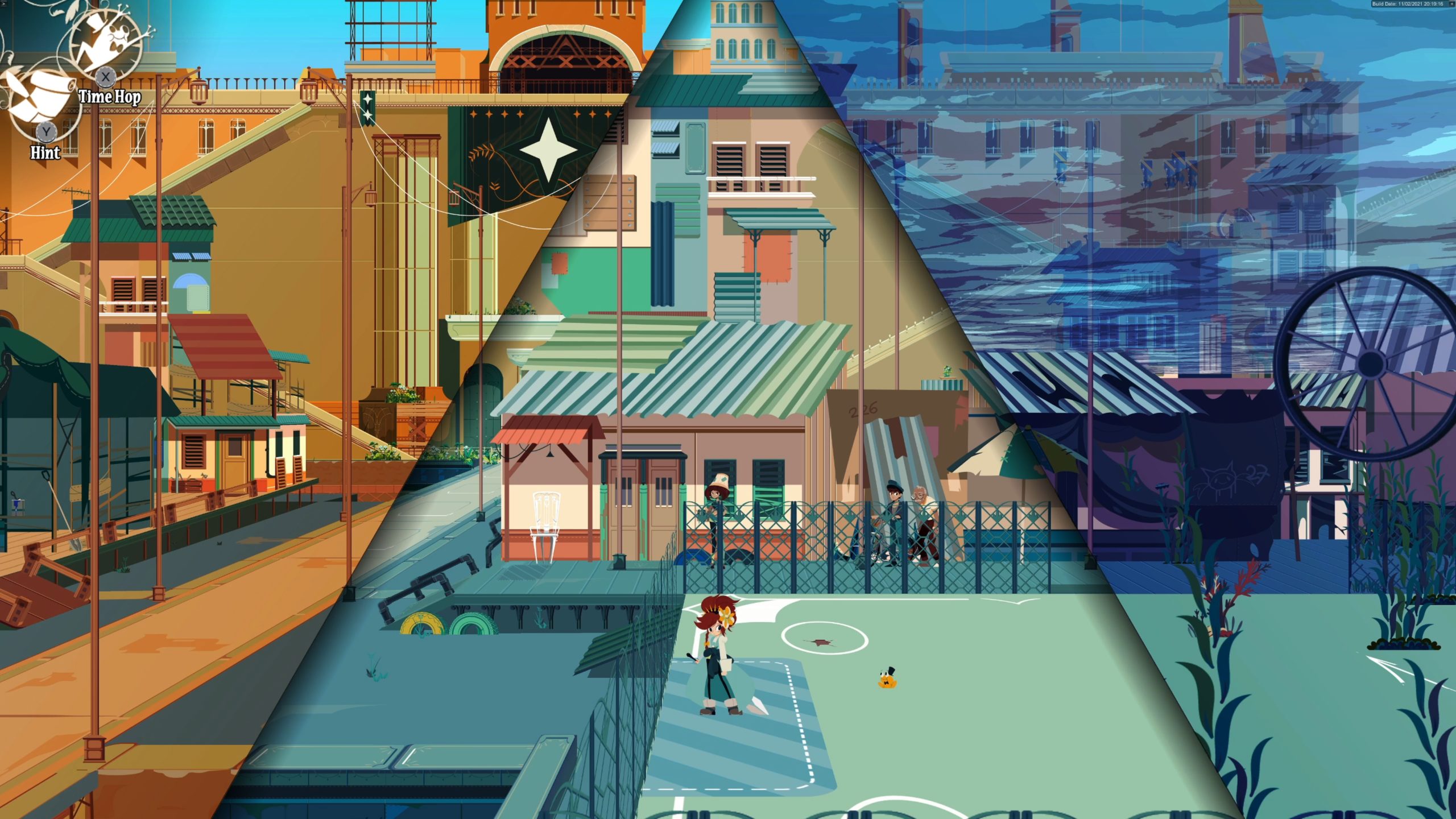
In combat the time powers are both more interesting and yet also more limited. Crisbell can send enemies forwards or backwards in time, in effect aging them up or down. Sometimes this can give unexpected results – sending a goblin forwards turns it into an old and weary version of itself, while a wolf becomes a far more terrifying beast. These combine with the other skills and abilities of your companions, so throwing water on a metal enemy and sending them forwards gets them rusty, hitting them with poison and sending them forwards causes all the poison damage to hit at once, etc. Where this power is limited is that you only send enemies on the left of the screen back in time, and the right of the screen forwards. It feels artificially limiting, with the game breaking the fourth wall of its own 2D art style.
As an aside, the world itself is refreshingly different from the standard anime fantasy or medieval European trappings of the genre. While goblins and wolves are typical early game enemies, their presentation is far from the expectations those names might suggest. The world building in general is nicely understated, without any lengthy exposition and instead relying on the visuals to provide the sense of place.
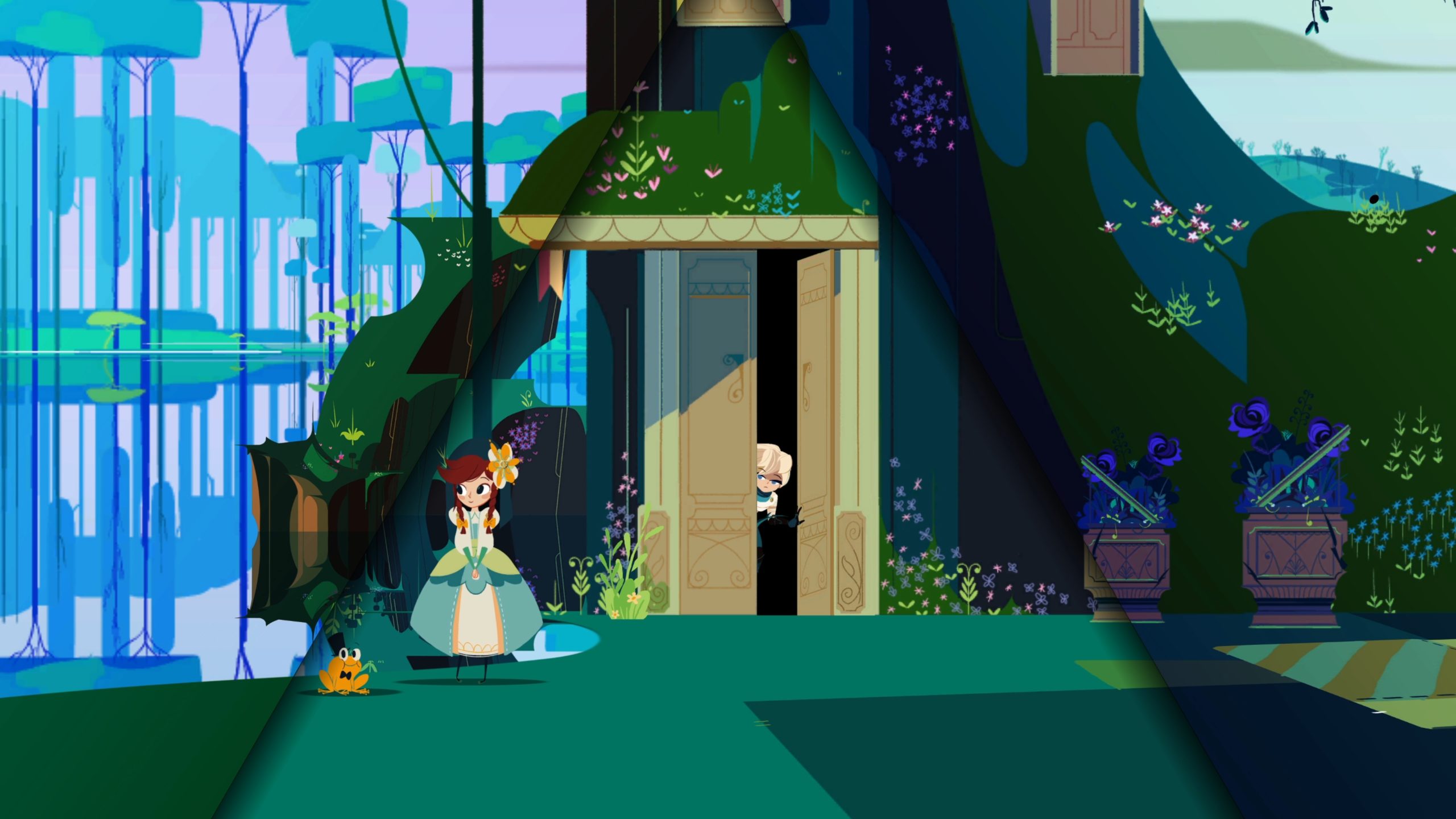
To sum up, Cris Tales is a game with a lot of charm and good ideas that doesn’t quite deliver on its ambition. Some mechanics seem a little undercooked and the nostalgia for older RPGs will likely be lost on the younger players who seem, from the story and presentation, to be the game’s target audience. It could be a good fit for a casual game to play on the go on the Switch, though I’d suggest investigating the issues with loading times further before fully recommending that, or perhaps for parents looking for something to play with a child who they’re hoping to later introduce some of the meatier titles from the genre.
In the interest of full disclosure, the publisher provided VGamingNews with a copy of the game in order to conduct this review.


